Of the places to go and things to do in Seoul, visiting Gyeongbokgung Palace deserves to be at the top. No matter the season or the weather, the palace looks absolutely stunning and any itinerary is for the better with its inclusion. So, without any further ado, here’s everything you need to know about Gyeongbokgung Palace.
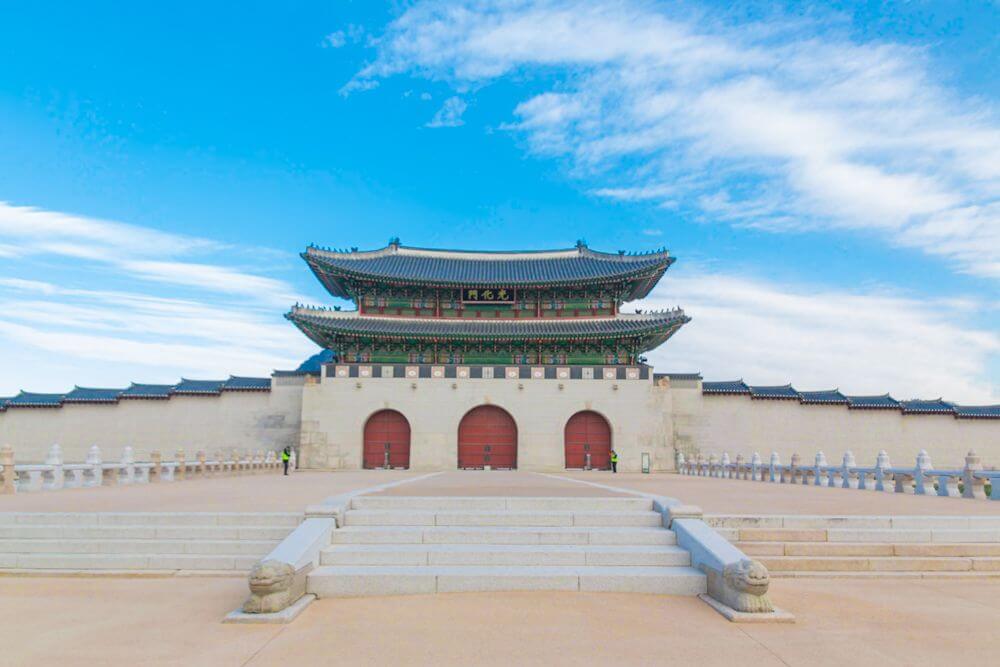
What is Gyeongbokgung Palace?
Gyeongbokgung Palace served as the capital of the Joseon Dynasty after being built in 1395 by the founder of the Joseon Dynasty, King Taejo. Since then, the palace has been damaged by invasions and fires countless times. After the Hideyoshi invasions between 1592 and 1598, Changdeokgung Palace was established as the main palace of the Joseon Dynasy and Gyeongbokgung Palace was abandoned for the next 273 years. Restorations began in 1867 with over 500 structures built on the palace grounds. In the early 1900’s, starting with Japanese occupation, over 90% of Gyeongbokgung Palace was torn down.


Since the 1990’s, the Korean government has embarked on a series of restoration projects to rebuild historical sites on the Gyeongbokgung Palace grounds. While some sections of the palace are still under active construction, Gyeongbokgung Palace stands more complete today than it has in over 100 years.
How Much Does It Cost?
The main entrance to the palace is Heunghyemun Gate (the main gate) located in front of Gwanghwamun Square. Once visitors have passed through the gate, there is a ticket office with manned and unmanned terminals on the east side of the entrance.
Tickets to the palace are 3,000 KRW (~2.50 USD) with a discount for groups of 10 or more. There is a way to enter for free though. Anyone dressed in a hanbok (modern or traditional) is allowed free entry into the palace. For visitors dressed in modern hanbok, it has to be the full outfit.
When Can I Visit?
Gyeongbokgung Palace is open year round but is closed on Tuesdays. The closing times vary by season.
- March to May: 9AM ~ 6 PM
- June to August: 9 AM ~ 6.30 PM
- September to October: 9 AM ~ 6 PM
- November to February: 9 AM ~ 5 PM
Is It Worth Visiting?
Gyeongbokgung Palace is a historical treasure and national monument. But more than that, it is quite unlike anywhere else in Korea. Not just because of the historical structure or its cultural significance, but because of how many people visit the palace in full traditional hanbok. On any given day, the majority of visitors to the palace are dressed in a variety of traditional Korean outfits. These range from royal gowns to guardsmen’s uniforms to daily hanboks. It’s quite amazing and definitely worth experiencing.



What is There to Do Inside the Palace?
Gyeongbokgung Palace is a great place to walk around and immerse yourself in Korean history. The grounds are home to a variety of structures reflecting different architectural styles as well as purposes. There are seasonal events and activities like the Jagyeonjeon Tea Ceremony or the Night Tours. Regardless of the season, the Changing of the Guards ceremony always draws large crowds.
Changing of the Guard
Twice a day, at 10 AM and 2 PM, Gyeongbokgung Palace hosts a changing of the guards ceremony. This ceremony was traditionally performed to ensure the safety of the royal court and stands as one of the most watched traditional ceremonies in Seoul. In fact, the event attracts large crowds so be sure to arrive early to the courtyard inside Gwanghwamun Gate to get a good view of the ceremony.



Jagyeongjeon Tea House
The Jagyeongjeon Hall in Gyeongbokgung Palace serves tea and snacks during limited times, typically in September and October. Slots are limited and reservations must be made in advance.
The main draw is the opportunity to sit inside one of the tea rooms in the palace. On most days, all the rooms of the palace are closed and most visitors never have the chance to enter any of the buildings properly. The Jagyeongjeon Hall Tea House is absolutely worth your time if get the chance to attend.
Gyeongbokgung Night Tours
Twice a year, the palace opens it’s gates past it’s normal closing time of 6:30 PM for night tours. While the entirety of the palace isn’t open at this time, it still offers visitors the chance to explore the palace grounds at night by lamplight. Entry to the Night Tours requires a separate ticket unless you’re wearing a hanbok in which case you get in for free. Again.


Read more at Guide to the Gyeongbokgung Night Tour.
Free Guided Tours
Free guided tours are available in English, Chinese, Vietnamese and Spanish. The tours are very informative and the guides have interesting stories. The schedule can be found on the Gyeongbokgung website.
The National Folk Museum of Korea, National Palace Museum of Korea
Located on the palace grounds are the National Palace Musuem of Korea and the National Folk Museum of Korea. The Palace Museum focuses on the culture of the royal families and historical figures who made Gyeongbokgung palace their home. The National Folk Museum focuses on historical artifacts and exhibits that explore the daily lives Korean citizens. Both are quite interesting and worth a visit.
What Should I See at Gyeongbokgung Palace?
There’s so much to see at Gyeongbokgung Palace that it’s easy to be overwhelmed. Here’s a quick primer on our favorite places whenever we visit.
Geunjeongjeon Hall (Throne Hall)
The Throne Hall is impossible to miss as it is the largest and tallest structure in Gyeongbokgung Palace. Once you’ve taken in the spectacular view of the massive throne hall from afar, you can move up close to look inside. There you can see that the throne room has been recreated to reflect what it would have looked like in the Joseon Dynasty.


Amisan Garden
Located behind the queen’s chambers, Amisan Garden is known for four distinct chimneys adorned with beautifully crafted brickwork and capped with vibrant tiles. The garden walls are also quite beautiful and feature designs unique to this section of the palace.
Hyangwonjeong Pavilion
Located near the back of the palace, this historical structure was rebuilt in the 90s. Thanks to the ravages of time, it was rebuilt again more recently in 2023. The pavilion sits on a small island in the middle of a lake and is definitely one of the best photo spots in the palace.

Gyeonghoeru Pavilion (Floating Pavilion)
To the west of the Throne Hall is the Gyeonghoeru Pavilion. It’s a relatively recent addition the Gyeongbokgung Palace grounds having been rebuilt after the end of Japanese occupation. According to tour guides, it was essentially a party house where the king would hold festivities and feasts. The pavilion is not open to the public, but in the summer months they do have guided tours that take limited visitors inside.
Jibokjae Hall (The Royal Library)
This is my favorite place in Gyeongbokgung Palace and one that very few people visit. Located in the furthest corner of the palace is the royal library. Built in 1891 in a “modern” style, Jibokjae Hall contains architectural elements that don’t exist anywhere else in Gyeongbokgung Palace. This includes Palwoojeong, a octogonal structure that served as King Gojong personal resting area.


While the library used to be open to the public, it has been closed more recently due to wear on the structure itself. I’ve visited more than a few times hoping to go inside, but so far I’ve had no luck. If you visit, I’d recommend going if only to take in the beauty of the building itself.
How Long Should I Spend There?
Each museum takes about 40 minutes to walk through and most visitors spend anywhere from 1 to 2 hours exploring the palace grounds. That being said, just exploring the palace can take about 1.5 hours if you walk at a decent clip and skip the museums.
Is It Rude to Dress in a Hanbok?
One of the most common questions we get is (a) whether it’s worth dressing up in hanbok and (b) whether it is considered rude or appropriation by the locals.
The answer is simple: most locals are thrilled to see visitors dressed in a hanbok (purchased or rented) and no one considers it to be rude or cultural appropriation. It’s a further exploration of the culture and, even outside of Seoul, tends to put a smile on people’s faces.



Picking out a hanbok and getting dressed can take some time. Not to mention you have to return the outfit at the end of your rental period. But if you have the time to spare, it’s a totally worthwhile experience.
Read more at One Day Hanbok.


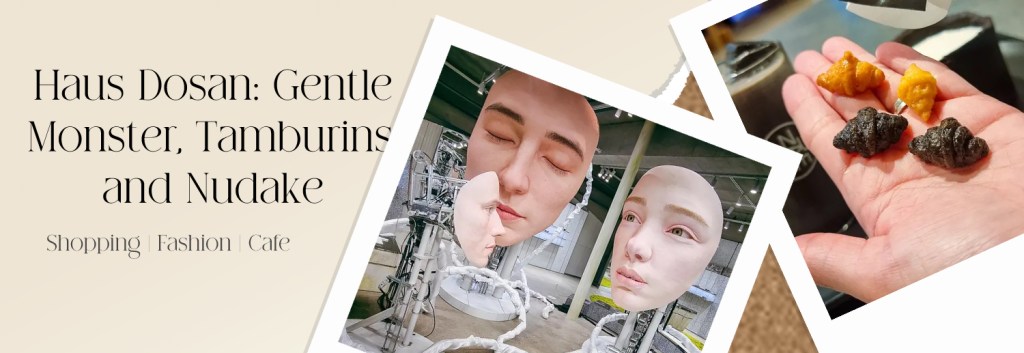
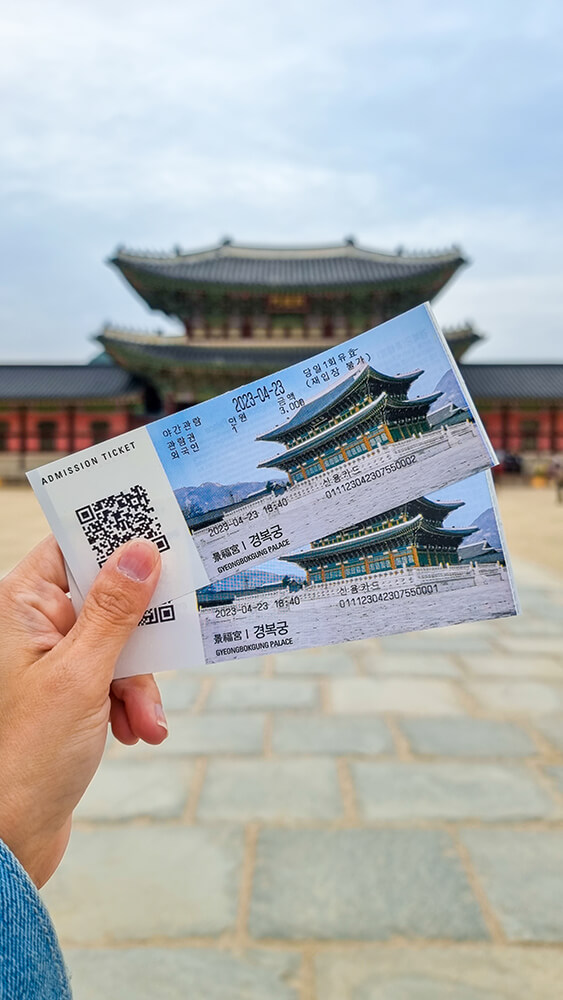
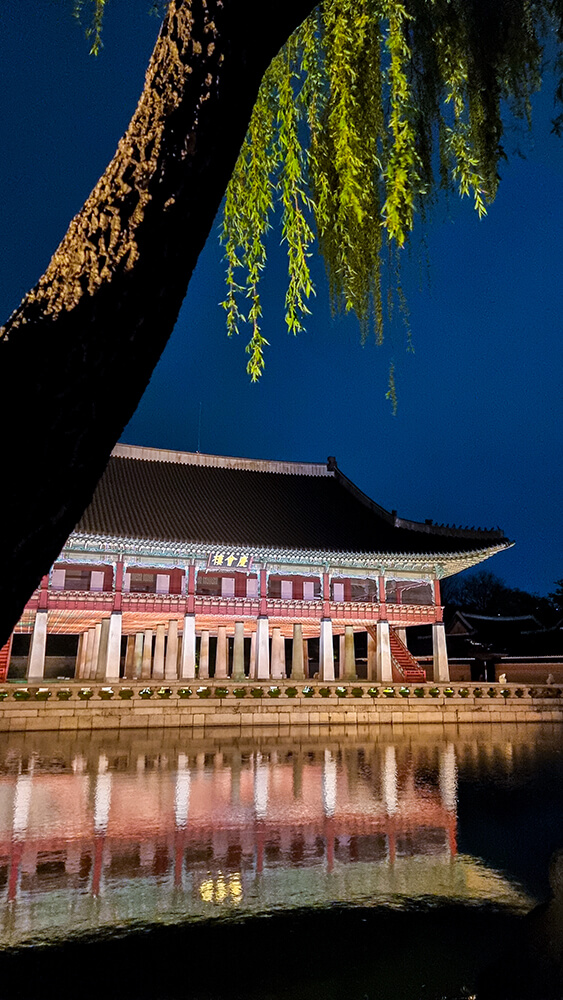
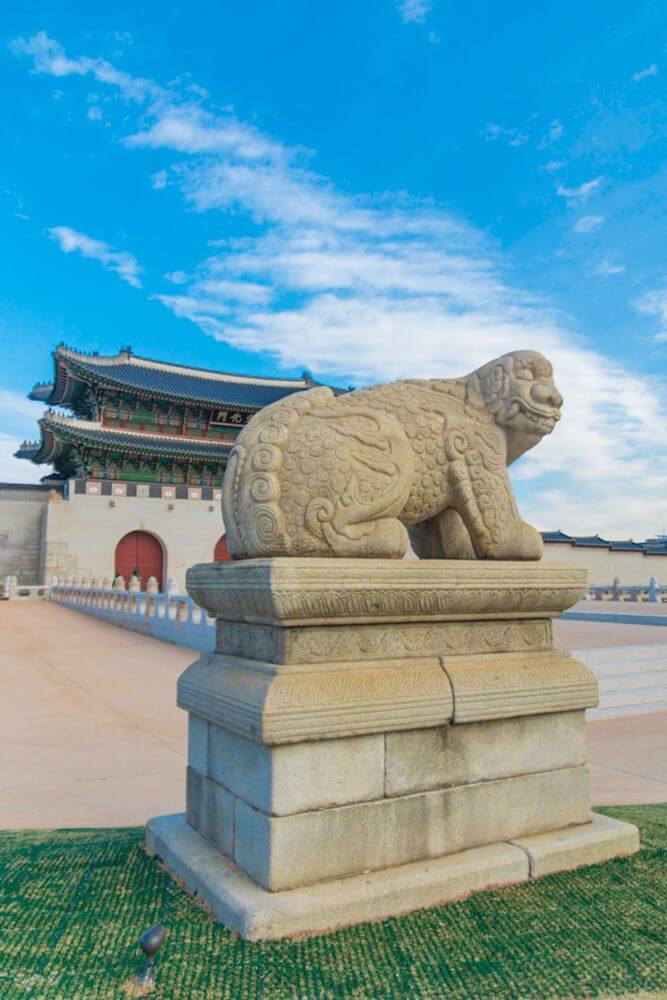
Pingback: Gyeongbokgung Night Tour (Updated September 2023) - Seoul Searching Events
Pingback: Moonlight Tour at Changdeokgung -
Pingback: Bukchon Hanok Village (북촌한옥마을) -